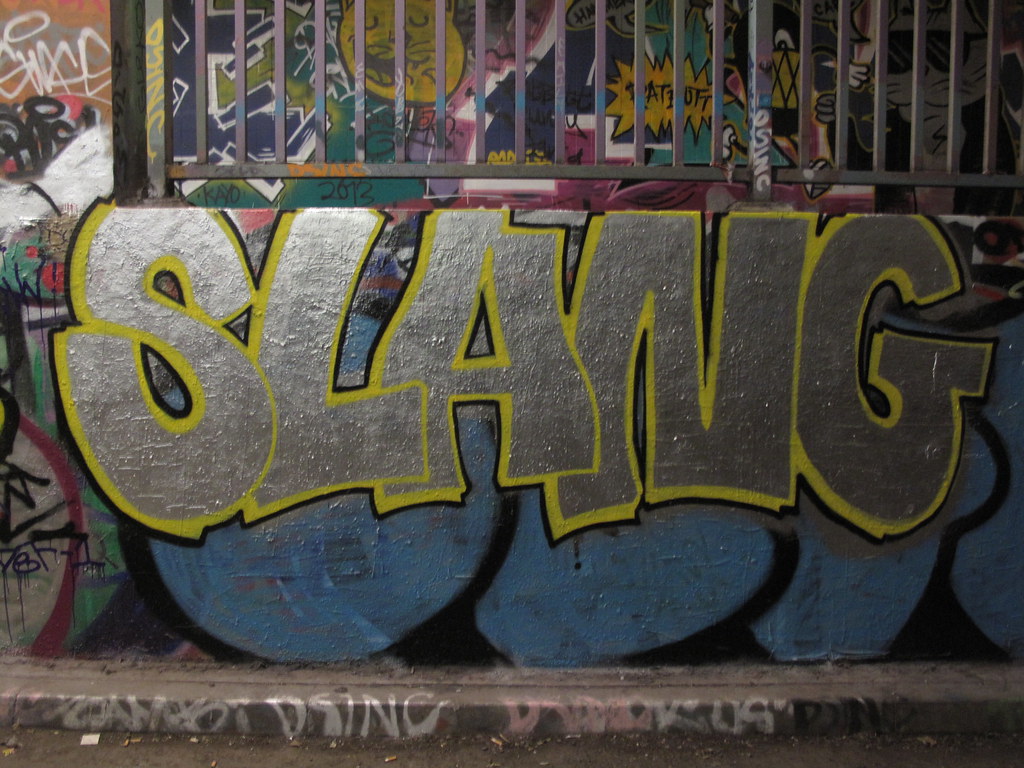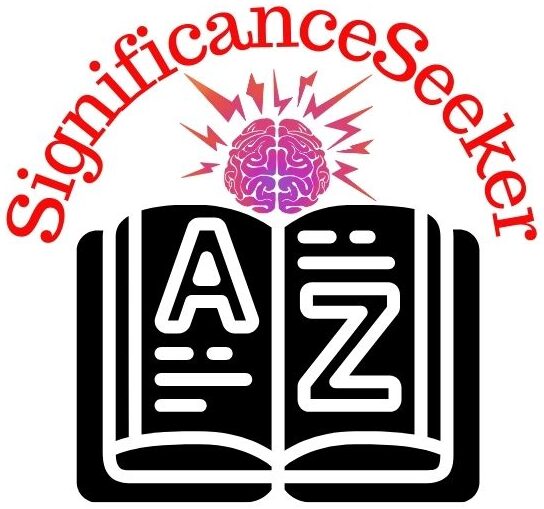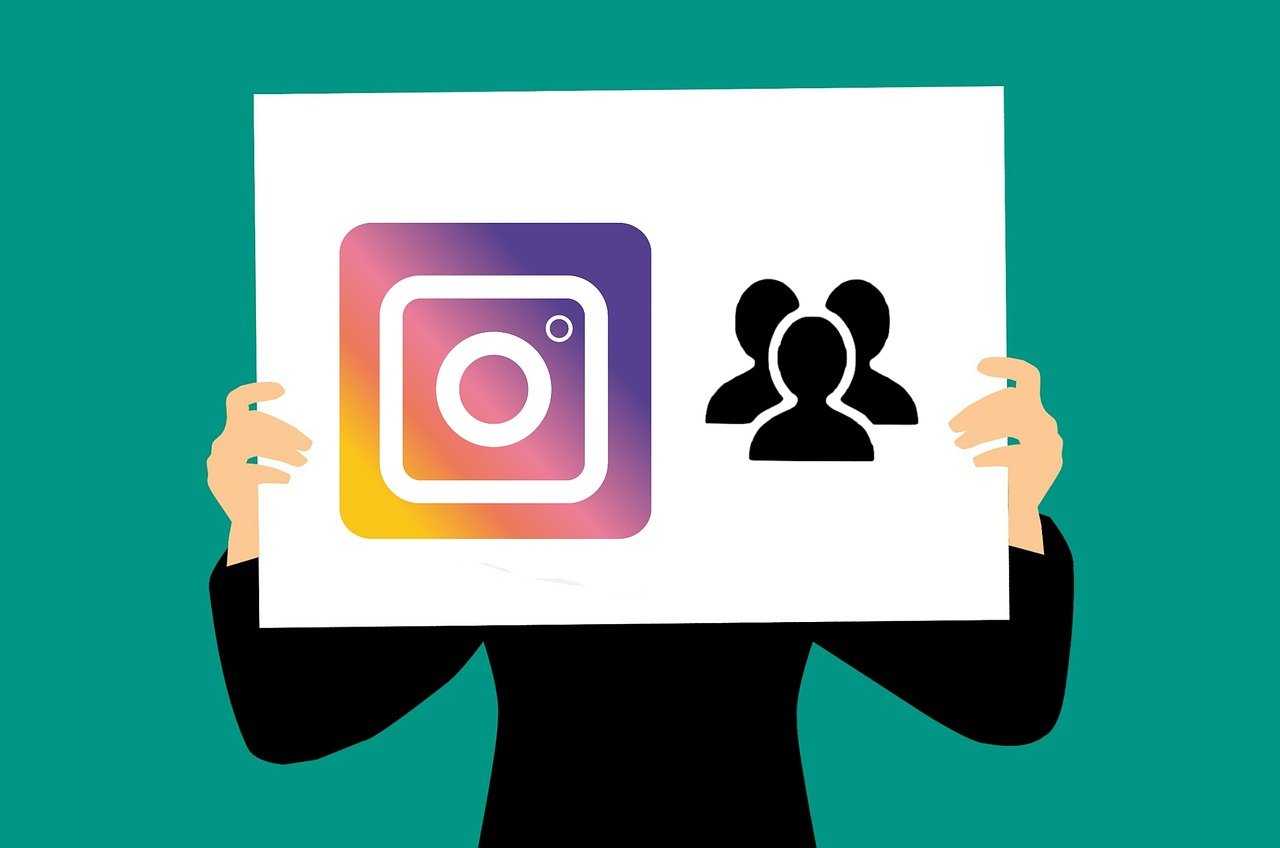In the ever-evolving landscape of social media, platforms like Instagram (IG) have become hubs for communication, expression, and connection. However, navigating through the latest internet slangs can sometimes feel like deciphering a secret code. Fear not! In this comprehensive guide, we’ll decode the hottest internet slangs currently trending on IG. From “FOMO” to “OOTD,” we’ll break down the meanings behind these terms, helping you stay in the loop and communicate effectively in the digital age.
What is Internet Slang?

Internet slang, also known as online jargon or internet shorthand, is an informal term and phrase that has emerged from the digital realm. These words and expressions often originate from social media platforms, online forums, and chatrooms, and they’re commonly used to convey ideas, emotions, or reactions in a concise and trendy manner.
Why are Internet Slangs Popular?
In a fast-paced digital world where brevity is key, internet slangs offer a convenient way to communicate efficiently. They add flair and personality to conversations, making them more engaging and relatable. Moreover, using internet slangs can help users feel connected to online communities and stay up-to-date with the latest trends and memes.
Top 40 Latest Internet Slangs on IG
1. IG: Short for Instagram, the platform itself.
2. DM: Stands for Direct Message, used for private conversations on Instagram.
3. TBH: Short for “To Be Honest,” often used before giving an honest opinion.
4. FWIW: Stands for “For What It’s Worth,” typically used to preface a piece of information.
5. OOTD: Abbreviation for “Outfit Of The Day,” commonly used when showcasing one’s clothing or style.
6. FOMO: Short for “Fear Of Missing Out,” refers to the anxiety of missing out on social events or experiences.
7. TBT: Stands for “Throwback Thursday,” used when posting old photos or memories on Thursdays.
8. LOL: Abbreviation for “Laugh Out Loud,” used to indicate amusement.
9. ICYMI: Stands for “In Case You Missed It,” used to draw attention to something that was previously posted or shared.
10. OOTN: Similar to OOTD but stands for “Outfit Of The Night,” used to showcase evening attire.
11. WIP: Short for “Work In Progress,” often used when sharing unfinished projects or creative works.
12. BRB: Abbreviation for “Be Right Back,” used to indicate a temporary absence.
13. IMO/IMHO: Stands for “In My Opinion” or “In My Humble Opinion,” used to qualify personal viewpoints.
14. DMs are open: Indicates that one’s Direct Messages are open for communication.
15. SFW/NSFW: Stands for “Safe For Work” or “Not Safe For Work,” used to indicate whether content is appropriate for workplace viewing.
16. SMH: Abbreviation for “Shaking My Head,” used to express disapproval, disbelief, or exasperation.
17. OTP: Stands for “One True Pairing,” refers to one’s favorite romantic pairing, often used in fan communities.
18. BTS: Stands for “Behind The Scenes,” used when sharing glimpses of the process behind a project or photo shoot.
19. GOAT: Acronym for “Greatest Of All Time,” typically used to praise someone or something.
20. Bae: Term of endearment for one’s significant other, derived from “Before Anyone Else.”
21. IGTV: Stands for “Instagram TV,” a feature of Instagram where users can post longer-form videos.
22. OOTW: Similar to OOTD and OOTN but stands for “Outfit Of The Week,” used to showcase weekly fashion choices.
23. FOMO: Short for “Fear Of Missing Out,” the anxiety that arises from the feeling of being excluded from social events or activities.
24. TL;DR: Abbreviation for “Too Long; Didn’t Read,” used to summarize lengthy text or content.
25. GTL: Stands for “Gym, Tan, Laundry,” referencing the activities depicted in the reality TV show “Jersey Shore” and used humorously to describe one’s daily routine or priorities.
26. DM sliding: Refers to the act of sending a Direct Message to someone with romantic or flirtatious intent.
27. RT: Short for “Retweet,” often used on Instagram to indicate that a post was shared from Twitter.
28. Flex: To show off or boast about one’s achievements, possessions, or attributes.
29. MCM/WCW: Stands for “Man Crush Monday” and “Woman Crush Wednesday,” respectively, used to post about one’s crush or admiration for someone on those days.
30. OOTF: Stands for “Outfit Of The Future,” used to speculate or share imagined future fashion choices or trends.
31. Slay: To do something exceptionally well or to look extremely fashionable or attractive.
32. IRL: Stands for “In Real Life,” used to distinguish between online interactions and interactions in the physical world.
33. Snaps: Short for “Snapchat,” often used to refer to posts or messages shared on the Snapchat platform.
34. Bop: A catchy song or piece of music that is enjoyable to listen to.
35. Glow-up: Refers to a significant improvement in one’s physical appearance, style, or confidence over time.
36. Savage: Fearlessly blunt or harsh, often used to describe someone who speaks or acts without regard for social conventions.
37. Ghosting: The act of suddenly ceasing all communication with someone, especially in romantic or social contexts.
38. TBH: Short for “To Be Honest,” often used before expressing an honest opinion or sentiment.
39. Finsta: Short for “Fake Instagram,” refers to a secondary, private Instagram account typically used for sharing more candid or personal content with a select group of followers.
40. BFF: Stands for “Best Friends Forever,” used to refer to a close friendship or bond.
Related: CTFU Meaning, Idea, and Use
How to Use Internet Slangs on IG
Using internet slangs on IG can add personality and relevance to your posts and captions. However, it’s essential to use them appropriately and in context to avoid confusion or misinterpretation. Here are some tips:
Know your audience: Understand who you’re communicating with and tailor your language accordingly.
Stay current: Keep up with the latest trends and memes to ensure your slangs are relevant and timely.
Use sparingly: Avoid overusing internet slangs, as it can come across as forced or insincere.
Provide context: If using less common slangs, provide context or explanation to ensure your message is understood.
Impact of Internet Slangs on Communication
Internet slangs have significantly influenced the way we communicate in the digital age. They’ve transformed language by introducing new words and expressions that reflect the evolving trends and dynamics of online culture. While some may argue that internet slangs contribute to the degradation of language, others see them as vibrant and creative forms of expression that enrich communication.
Internet Slangs and Digital Culture
Internet slangs play a crucial role in shaping digital culture and fostering online communities. They serve as linguistic markers that distinguish different online subcultures and identity groups. Whether it’s through memes, hashtags, or viral phrases, internet slangs facilitate connection and camaraderie among internet users worldwide.
Evolution of Internet Slangs
The evolution of internet slangs is a fascinating phenomenon that mirrors the rapid pace of technological advancement and social change. What starts as a niche expression within a particular online community can quickly spread and become mainstream, shaping the way we communicate both online and offline. As new platforms and trends emerge, so too will new internet slangs, reflecting the ever-changing landscape of digital culture.
The Role of Memes in Slang Evolution

Memes play a central role in the evolution of internet slangs, serving as vehicles for spreading new expressions and ideas virally. Memes often incorporate humor, irony, and cultural references, making them highly shareable and relatable. As memes become embedded in internet culture, they contribute to the creation and diffusion of new slangs, perpetuating the cycle of linguistic innovation and adaptation.
Conclusion
In conclusion, internet slangs are an integral part of contemporary communication, particularly on platforms like Instagram. By decoding the latest internet slangs, we can better understand the nuances of digital language and
participate more effectively in online discourse. So the next time you come across a cryptic acronym or trendy phrase on IG, you’ll be armed with the knowledge to decipher it like a pro!
FAQs
1. What is the origin of internet slangs?
Internet slang originates from online communities, social media platforms, and digital culture, reflecting internet users’ linguistic creativity and dynamism.
2. How do internet slangs impact communication?
Internet slangs enhance communication by adding brevity, personality, and relevance to online interactions. They contribute to the formation of digital culture and online identity.
3. Are internet slangs appropriate for formal communication?
While internet slangs are acceptable in casual or informal settings, they may not be suitable for formal communication contexts such as academic or professional settings.
4. How do internet slangs evolve?
Internet slangs evolve through a process of cultural diffusion, where expressions and ideas spread rapidly through online platforms, memes, and social interactions.
5. Can internet slangs become outdated?
Yes, internet slangs can become outdated as new trends and expressions emerge. Staying current with the latest internet culture is essential to understanding and using slangs effectively.

